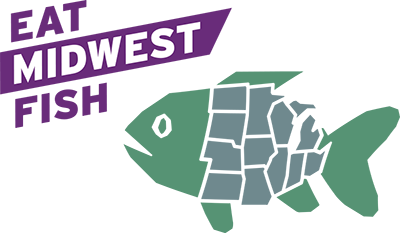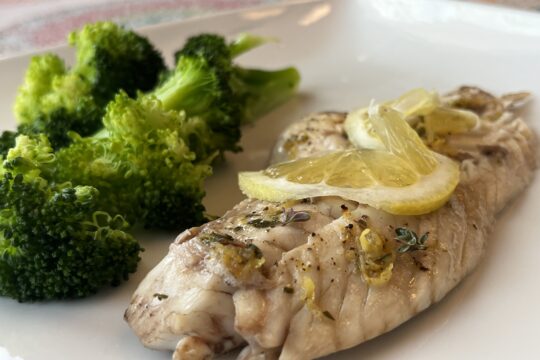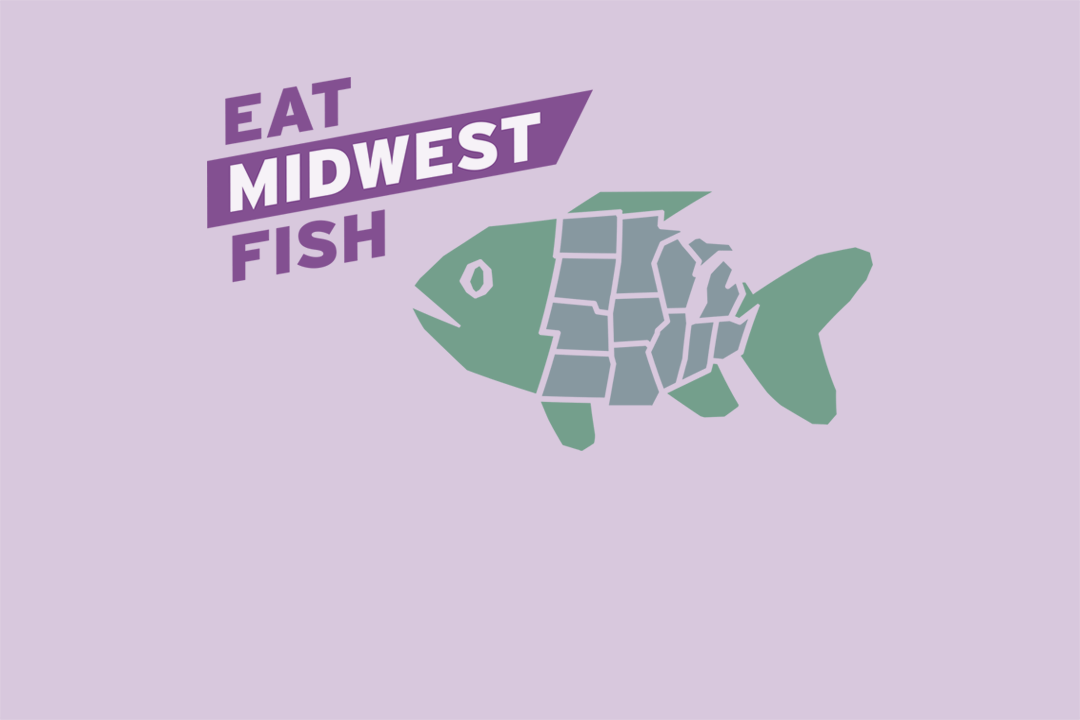Every fish is different
You know that old saying, “you are what you eat”…well, that saying is true when it comes to fish. A fish’s physiology and the items they consume effect the nutritional profile and levels of contaminants in the fish.
What does science tell us?
Scientific studies looking at the benefits and risks of eating seafood have concluded that eating fish outweighs any potential risk, and eating a variety of different fish species optimizes the health and safety of consumers.1,2,3 The key to making good fish and shellfish consumption choices is knowledge.
Are Midwest farm-raised fish safe to eat?
Yes, Midwest farmed fish can be safe to eat. The significant advantage of rearing fish on farms is that farmers can decide what feeds to use and can manage water quality to provide fish with optimal growing conditions. The key to producing high-quality fish and shellfish safe for humans to eat is feed.
Fish feed is made of a variety of ingredients, some of which were harvested from the wild, like fish meal and fish oil, and others are grown by farmers like soybeans and corn concentrates. These are just a few examples of ingredients used to make fish food. Each type of feed that is manufactured is made from a unique combination of ingredients. One best management practice used by feed manufacturers is to measure contaminate content in select ingredients, like fish meal, to ensure that the ingredient is safe to use.
What should I know about contaminants?
There are contaminants in the environment, such as mercury and PCB’s (polychlorinated biphenyls), that can find their way into food in general via the food web. Unlike humans, fish are unable to get rid of contaminants, such as mercury, once consumed. Therefore, the more contaminants in the food that a fish eats, the more likely those contaminants have built up in its tissues. That is why old fish, fish that eat lots of other fish, and fish harvested from heavily polluted waterways, like superfund sites, are more likely to have elevated levels of contaminants in their muscle tissues.
Mercury
Mercury is a naturally occurring element commonly called quicksilver. Although mercury is naturally occurring, it is also a product of pollution, and historically was found in products such as paint. It is important to note that mercury is found everywhere because of atmospheric deposition, not just in contaminated waterways.
Mercury, once changed into methylmercury by bacteria, can be transferred up the food web. Because one aquatic organism consumes another, mercury can eventually be found in the fish we eat.
Methylmercury in fish is a concern because high mercury exposure levels have been linked to long-lasting understanding and learning difficulties for children and damage to the human nervous system in adults. Unborn infants and children are especially sensitive to high levels of mercury; therefore, particular guidelines have been developed for pregnant women, women who may become pregnant, nursing mothers, and children to protect future generations. To learn more about eating fish while pregnant and lactating, visit our Fish and Pregnancy page.
PCB’s (polychlorinated biphenyls)
Polychlorinated biphenyls, also known as PCBs, are human-made substances that have been banned in the United States since 1976. PCBs do not break down easily and as a result have a persistent presence in our waterways even after they were banned.
According to Mayo Clinic, “PCBs can pose serious health risks to people who frequently eat contaminated fish. They can be transferred from a mother to her unborn baby, increasing the risk of preterm delivery and low birth weight. They may also be transferred from mother to baby through breast milk, and exposure has been associated with learning defects”.
How do I know what fish are safe to eat?
You can use fish consumption advisories and guidelines to learn what fish are safe to eat. Here are a couple of examples to illustrate what types of tools are available.
State Fish Consumption Advisories
Fish Consumption advisories are intended for recreational anglers. The information provided by these advisories is specific to catch location and species. Fish consumption advisories will include what fish are safe to eat, how much is safe to eat, and how often to eat it. Advisories also include information on fish that are not safe to eat and should, therefore, be avoided.
Vulnerable Populations Guidelines
Specific dietary guidelines have been developed for vulnerable populations, such as unborn fetuses’ and children. These recommendations for vulnerable populations have been developed specifically for the population(s) that the guideline identifies and are not meant for the general population. These guidelines tend to focus on commercially available seafood and freshwater fish including both wild caught and farm-raised varieties.
Advisories are useful tools that give consumers the power to make informed decisions by providing consumer confidence through better understanding.
Additional Resources
1Mozaffarian and Rimm, 2006 (Mozaffarian, D., Rimm, E.B., 2006. Fish intake, contaminants, and human health: evaluating the risks and the benefits. JAMA 296, 1885–1899.)
2Wang, C.C., Harris, W.S., Chung, M., Lichtenstein, A.H., Balk, E.M., Kupelnick, B., Jordan, H.S., Lau, J., 2006. n-3 fatty acids from fish or fish-oil supplements, but not alpha-linolenic acid, benefit cardiovascular disease outcomes in primary- and secondary-prevention studies: a systematic review. Am. J. Clin. Nutr. 84, 5– 17.
3Szlinder-Richert, J., Usydus, Z., Malesa-Ciec ́wierz , M., Polak-Juszczak, L., Ruczyn ́ska, W., 2011. Marine and farmed fish on the Polish market: Comparison of the nutritive value and human exposure to PCDD/Fs and other contaminants. Chemosphere. 85, 1725-1733.
4Jacobson JL, Jacobson SW, Humphrey HE. Effects of in utero exposure to polychlorinated biphenyls and related contaminants on cognitive functioning in young children. J Pediatr. 1990;116(1):38-45. doi:10.1016/s0022-3476(05)81642-7.



